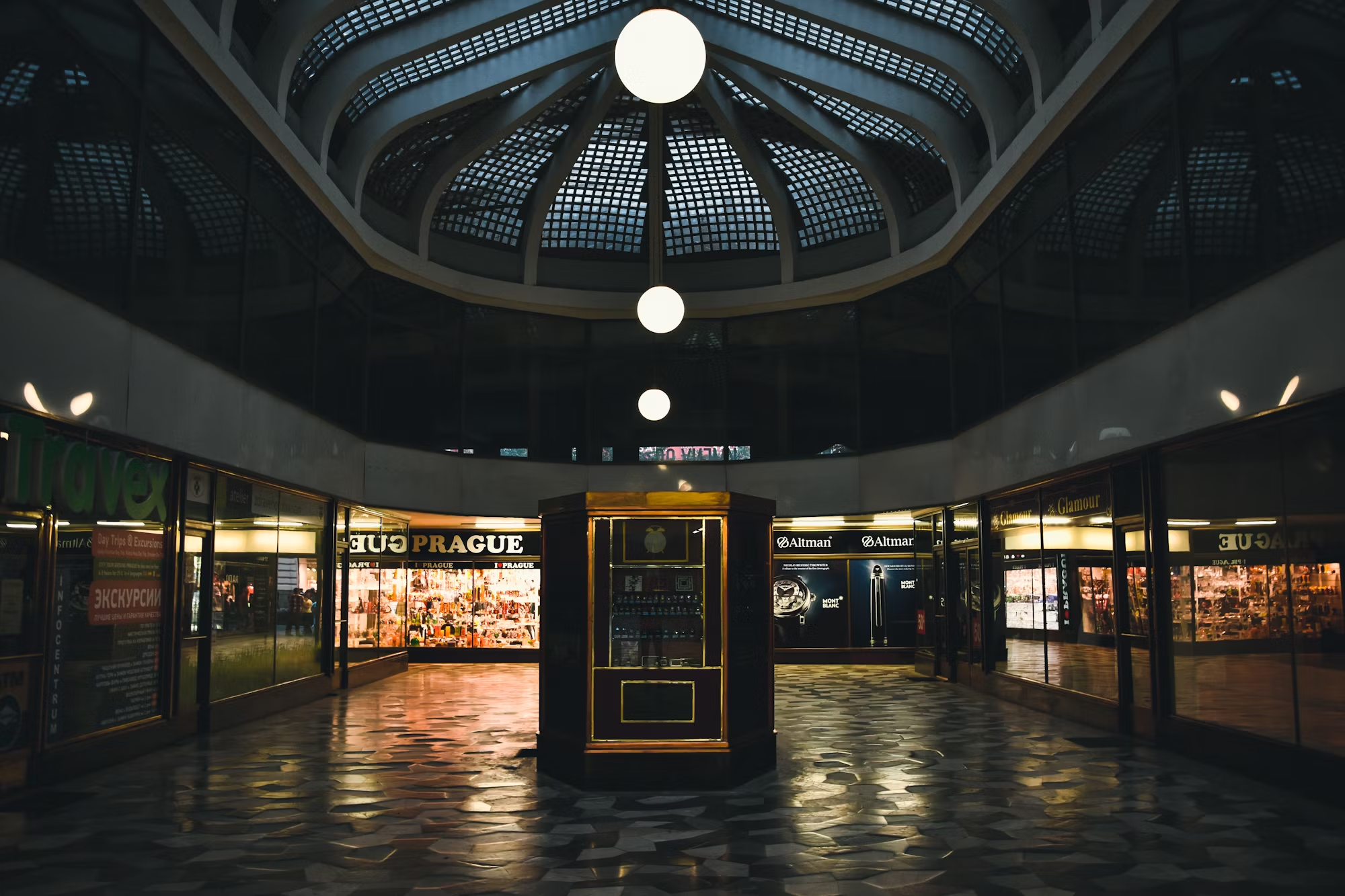The retail industry is in the midst of a remarkable transformation, driven by technological advancements and evolving consumer preferences. As shopping habits shift and new technologies emerge, understanding the trends shaping the retail landscape is essential for both consumers and retailers. This article explores the most significant trends influencing how we shop today and what the future may hold for the industry.
E-commerce has undoubtedly reshaped the way we approach shopping, providing unparalleled convenience to consumers. The ability to browse and purchase products from anywhere, at any time, has led to a dramatic increase in online retail sales. E-commerce platforms have invested heavily in improving user experience, offering features such as personalized recommendations, streamlined checkout processes, and secure payment options. These enhancements not only make online shopping more accessible but also create a sense of trust and satisfaction among consumers. As more shoppers embrace e-commerce, the expectation for a seamless online experience continues to grow, pushing retailers to innovate and adapt.
Mobile shopping is another key trend that has gained traction in recent years. With smartphones becoming ubiquitous, retailers are focusing on optimizing their websites and apps for mobile users. Mobile shopping allows consumers to browse and purchase products on the go, making it an essential component of the modern retail experience. Retailers are introducing mobile-friendly features, such as one-click purchasing, location-based promotions, and easy navigation, to cater to the growing number of consumers who prefer shopping via their devices. This shift highlights the need for retailers to remain agile and responsive to the preferences of tech-savvy consumers.
While online and mobile shopping offer unparalleled convenience, the in-store shopping experience continues to hold a special place in the hearts of many consumers. The tactile experience of physically interacting with products before making a purchase is irreplaceable for some. Retailers are responding to this desire by creating immersive in-store environments that engage and delight shoppers. From visually appealing displays to interactive product demonstrations, brick-and-mortar stores are evolving into experiential spaces that invite exploration. Retailers understand that providing exceptional customer service and personalized assistance can enhance the in-store experience, fostering loyalty and encouraging repeat visits.
Window shopping remains a popular leisure activity, allowing consumers to browse without the immediate pressure to buy. This practice not only serves as a source of inspiration but also contributes to the overall shopping experience. Retailers are capitalizing on this trend by designing attractive storefronts that invite passersby to stop and explore. Eye-catching window displays and thematic decor create an engaging atmosphere that draws customers in and encourages them to discover new products. The art of window shopping continues to play a vital role in driving foot traffic and building brand awareness.
Impulse shopping is an intriguing aspect of consumer behavior that retailers leverage to boost sales. Unplanned purchases often occur due to emotional responses or enticing displays strategically placed throughout the store. Retailers understand that creating a sense of urgency through limited-time offers or attractive promotions can trigger spontaneous buying behavior. However, it is essential for consumers to remain mindful of their spending habits, ensuring that impulse purchases align with their genuine needs rather than fleeting desires. Striking a balance between excitement and thoughtful shopping is crucial for a satisfying retail experience.
Discount shopping has become a prevalent practice, as consumers increasingly seek value for their money. Retailers are responding to this trend by offering seasonal sales, loyalty programs, and promotions that appeal to budget-conscious shoppers. The thrill of finding a great deal enhances the shopping experience, encouraging repeat visits and brand loyalty. However, consumers must remain discerning, avoiding the temptation to purchase items solely based on discounts. Thoughtful decision-making is essential to ensure that purchases are genuinely needed and valued.
Sustainability is a growing concern for many consumers, prompting them to seek out brands that prioritize eco-friendly practices. Retailers are adapting by incorporating sustainable sourcing, packaging, and production methods into their operations. Many brands are transitioning to biodegradable packaging and ethical manufacturing processes, reflecting a commitment to reducing their environmental impact. By aligning their practices with consumer values, retailers not only attract environmentally conscious shoppers but also foster a sense of trust and loyalty among their customer base.
Social shopping is another trend that has gained momentum in the digital age. Consumers increasingly rely on recommendations from friends, family, and social media influencers when making purchasing decisions. Social media platforms have become powerful tools for product discovery, allowing consumers to explore and engage with brands in new ways. Retailers that leverage social media effectively can create authentic connections with their audience, driving engagement and sales through relatable content. This trend emphasizes the importance of community and connection in shaping consumer behavior.
The subscription shopping model has become increasingly popular, providing consumers with curated experiences delivered directly to their doorsteps. Subscription boxes, which encompass a wide range of products from beauty items to gourmet snacks, offer a unique blend of convenience and surprise. This model fosters a sense of anticipation and excitement, encouraging customers to explore new products and brands. Retailers that deliver high-quality, relevant offerings can cultivate lasting relationships with their subscribers, ensuring continued loyalty and engagement.
In the realm of grocery shopping, convenience is king. Online grocery delivery services have transformed how consumers approach their weekly shopping. Shoppers appreciate the ability to order fresh produce and household essentials from the comfort of their homes. Retailers are adapting by offering personalized shopping experiences, utilizing data to recommend products based on past purchases and preferences. This shift enhances customer satisfaction and makes grocery shopping more efficient, catering to the fast-paced lifestyle of modern consumers.
Luxury shopping continues to thrive, attracting consumers who seek exclusive products and experiences. The luxury retail sector emphasizes quality, craftsmanship, and personalized service, appealing to discerning shoppers who appreciate the finer things in life. Retailers invest in creating memorable shopping experiences, from opulent store environments to tailored customer service, enhancing the overall journey for their clientele. As consumer expectations evolve, luxury brands must also consider sustainability and ethical practices to resonate with a broader audience.
Outlet shopping remains a favored choice for those seeking quality products at reduced prices. Outlet malls provide a diverse array of retailers, allowing shoppers to enjoy the thrill of discovering discounted items from their favorite brands. Retailers in this space must balance maintaining brand integrity with offering competitive pricing, ensuring consumers feel they are getting value for their money. This model appeals to budget-conscious shoppers while still delivering quality products.
In conclusion, the retail industry is experiencing profound changes driven by technological advancements and shifting consumer preferences. From the growth of e-commerce and mobile shopping to the enduring appeal of in-store experiences, retailers must navigate these trends to meet the evolving needs of consumers. By embracing innovation, prioritizing sustainability, and creating engaging shopping environments, brands can build lasting relationships with their customers and thrive in the ever-changing retail landscape.



